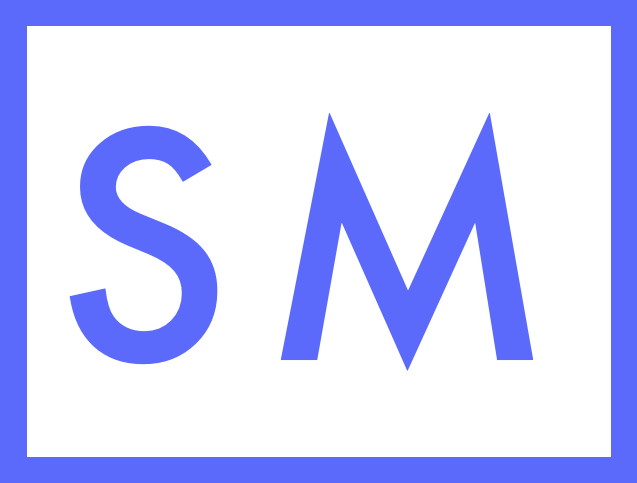12.21
The Measurement is the Message
Several years ago, I was leaving security at the Edinburgh airport when I encountered something that changed how I define and use market research surveys: a Smiley Terminal.
A Smiley Terminal is a small rectangular panel with four buttons. You’ve probably seen one in an airport, either near security or inside a restroom. Each button is a face that ranges from happy to sad, and they usually say something like, “Rate your experience.”
The Smiley Terminal works as marketing and as a survey. When I saw the panel, it positively influenced my opinion of the airport. I got the impression the airport was trying to improve. When I pushed one of the buttons, it measured my experience going through security.
At the time, I worked at a creative agency conducting online surveys for Fortune 500 brands. The idea that a survey could collect feedback from shoppers and influence their opinion felt novel and exciting to me but also problematic. Researchers typically leave the ‘influencing’ part to the marketing department.
In Edinburgh I saw a reason to question that handoff. When I read up on the history of market research, I discovered that the line between market research and marketing used to be blurrier.
One of the first market research surveys undertaken by a major corporation is “Your Car as You Would Build It,” a 100-item questionnaire that General Motors published as a sleek booklet and sent to motorists around the country throughout the 1930s. It was also a highly polished sales pitch designed to stir interest among new buyer segments, much like leaflets dropped into enemy territory are designed to coerce soldiers into defecting. Apparently its creator, Henry Weaver, would toss a copy in the gutter outside GM’s headquarters in Detroit and count how many people walked by until someone picked it up. If 100 walked by without stopping he considered the design a failure and would go back to improve it. But if 34 walked by and someone stopped, he considered it a success.
The 1930s was an exciting time for survey-based research. The results of public opinion polls were syndicated in popular newspapers and magazines — George Gallup became a household name — and the idea that society could be measured ushered in a generation of quantitatively trained analysts. Within corporate America, market research emerged as a distinct source of economic value. Weaver was featured on the cover of Time magazine in 1938.
Today the market research survey has fallen on hard times, supplanted by devices, platforms, browsers, and data science tools that collect quality data exponentially faster and cheaper. Ironically, the Internet has made it so easy to reach consumers and compensate them for taking a survey that researchers don’t need to design them like Weaver did.
Yet the market research survey’s ability to function as both a research tool and marketing object makes it uniquely valuable.
In the years since I left the agency and started a research consultancy for ecommerce brands, I’ve incorporated insights from my experience in Edinburgh and what I learned about the origins of survey-based research. For instance I occasionally give survey respondents the option to either skip to the end and get paid or spend a few minutes learning about the client’s brand. I try to convince them to pick the former and – like Weaver counting the number of people who walk past “Your Car as You Would Build It” – measure which appeals get the most clicks. As they move through the survey, I encourage them to skip to the end and receive payment the moment they lose interest in the content. That way, respondents get their money sooner and I get to find out where my client’s messaging loses certain demographics.
My goal is to get people I don’t know to do something they are not particularly interested in doing. Isn’t that marketing?
A Weekly Essay for Ecommerce Marketers Who Like to Take Showers
Short essays (300-750 words) examining the philosophical side of marketing and market research — to be read in the time it takes to shower. Join and get an essay in your inbox every Tuesday at 5am.
<3% unsubscribe | Email Sam anytime | Join in the next 30 minutes | Free shipping

